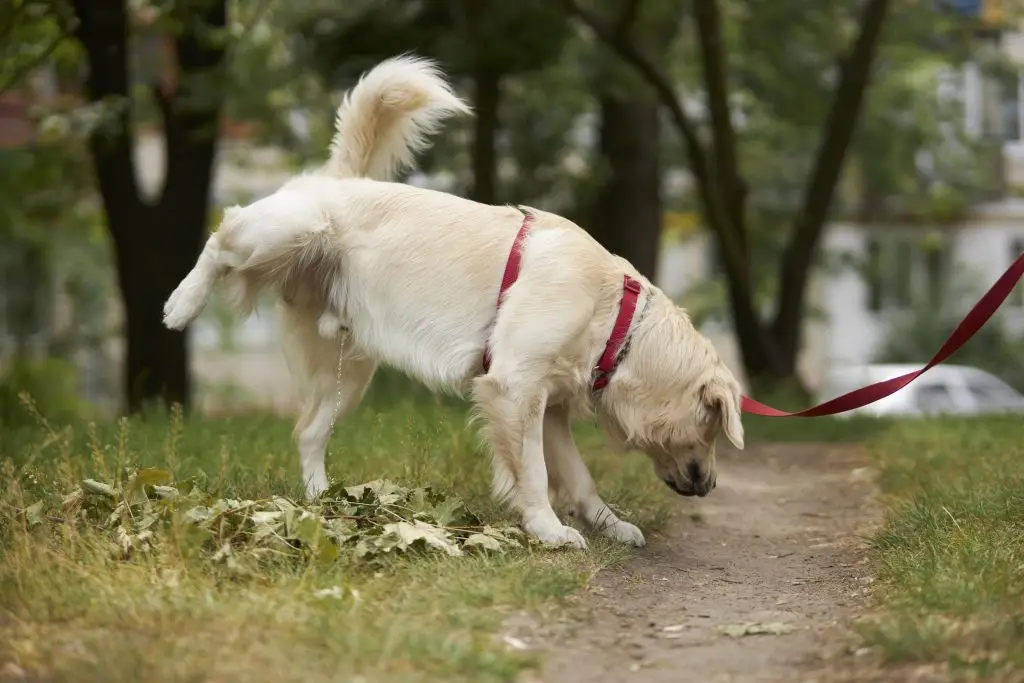Teaching your dog to go to the bathroom outside is a fundamental part of responsible pet ownership. A well-executed house training plan not only keeps your home clean but also helps to establish a clear routine and strengthen the bond between you and your dog.

Why outdoor training is important for dogs
Outdoor training is a natural and healthy process for dogs. It teaches them to distinguish between their living space and their “bathroom” area, which aligns with their natural instincts to keep their dens clean. Establishing a designated outdoor potty spot provides them with a consistent and sanitary place to relieve themselves, while also giving you a clear indicator of when they are ready to go.
Supplies and setup for outdoor training
- A Crate: A crate is one of the most effective tools for house training. Dogs instinctively avoid soiling their sleeping area, so the crate encourages them to hold it for a longer period.
- Leash and Collar: Always use a leash to guide your dog to their designated potty spot outside. This prevents them from getting distracted or wandering off.
- High-Value Treats: Keep small, highly desirable treats on hand to reward success.
- Enzymatic Cleaner: This is essential for cleaning up any accidents. Regular cleaners may not remove the odor completely, and dogs will often be drawn back to the same spot by the scent.
Step 1 – Establish a consistent schedule
Consistency is key to successful house training. Create a routine and stick to it strictly, especially in the early days. Take your dog out:
- First thing in the morning.
- Last thing at night.
- After every meal.
- Immediately after they wake up from a nap.
- After a play session.
Always take them to the same designated outdoor spot. The familiar sights and smells will signal to them that it’s time to go.
Step 2 – Reward success immediately
When your dog successfully goes potty outside, it’s time for a celebration. Immediately offer a high-value treat and give them enthusiastic praise. The reward must be given within seconds of the action so they can make a clear connection between the behavior (peeing outside) and the reward. Avoid waiting until you get back inside.
Step 3 – Deal with accidents calmly
Accidents will happen, and how you react is crucial. If you catch your dog in the act, calmly interrupt them with a quick noise (like a clap) and immediately take them outside to their spot. If you find an accident after the fact, simply clean it up with your enzymatic cleaner without scolding your dog. They won’t understand why they are being punished, and it may make them fearful of you.
Common mistakes to avoid during training
- Punishing Accidents: Never scold or hit your dog for an accident. This will only cause fear and anxiety, making them more likely to hide when they need to go.
- Giving Too Much Freedom: Until your dog is reliably house-trained, do not allow them to roam unsupervised. Keep them in a crate, a small, puppy-proofed room, or on a leash with you.
- Skipping Potty Breaks: Your dog’s schedule is your schedule. Missing a single outing can set back the training process.



